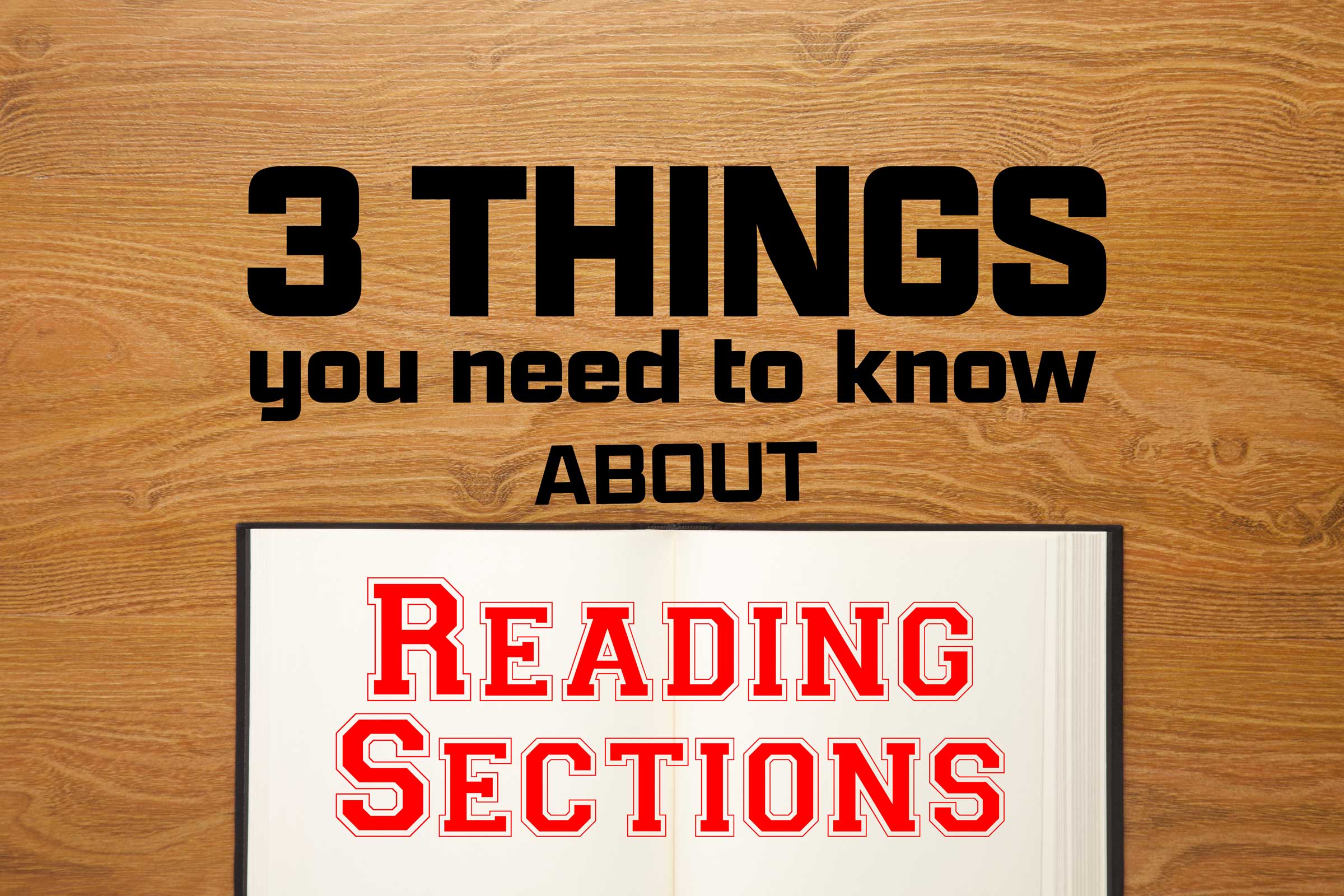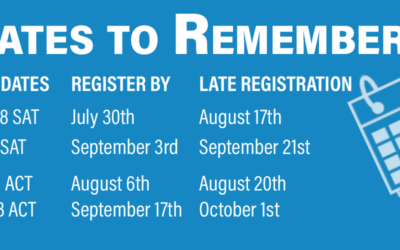One of the biggest challenges I’ve seen from students taking the SAT this past season is that it takes far too long for them to get through the reading sections.
Almost 85% of my current students need to speed their reading up, so I’m curious if this issue is related to COVID’s impact on schooling and learning. Here are some common strategies that can help students beat the clock:
1. Most of the answers to the questions appear in the passage in the order you find them on the page.
While not an absolute rule, it certainly happens often enough where it is safe to assume that the answers to the first questions you see about a reading passage will appear near the beginning of the passage just as the last questions will most likely have their answers toward the end. This can help students who might get stuck on a question and spend time looking all over the passage for an answer. This is not true for questions like finding the primary purpose of the passage or finding the main idea, but those only account for 1 or 2 questions from any given passage and are addressed in our second tip.
2. The answers to “primary purpose” and “main idea” questions can typically be found in the first and last paragraph.
People can find main idea-style questions challenging, especially if they find the entire passage confusing to begin with. To cut through the confusion I often encourage students to focus on reading the first and last paragraph to get the main idea of passage. You want to look at both because typically the main idea will be discussed in both the beginning and the end of the reading. If an answer option is mentioned in neither or only one of these locations, there’s a good chance that it is not the correct answer.
3. Avoid answers that contain extremely limiting language.
People are naturally attracted to answers that include definitive statements, but more often than not, the correct answers on the test are ones that are more generalized or moderate in nature. Some red flags are answers that use words like “always,” “all,” “only,” or “never.” Other red flags are any other phrase that indicates an extreme position or emotion. Look twice at these answers before picking them, and double check the reading to make sure that your answer is reflected properly in the reading.




